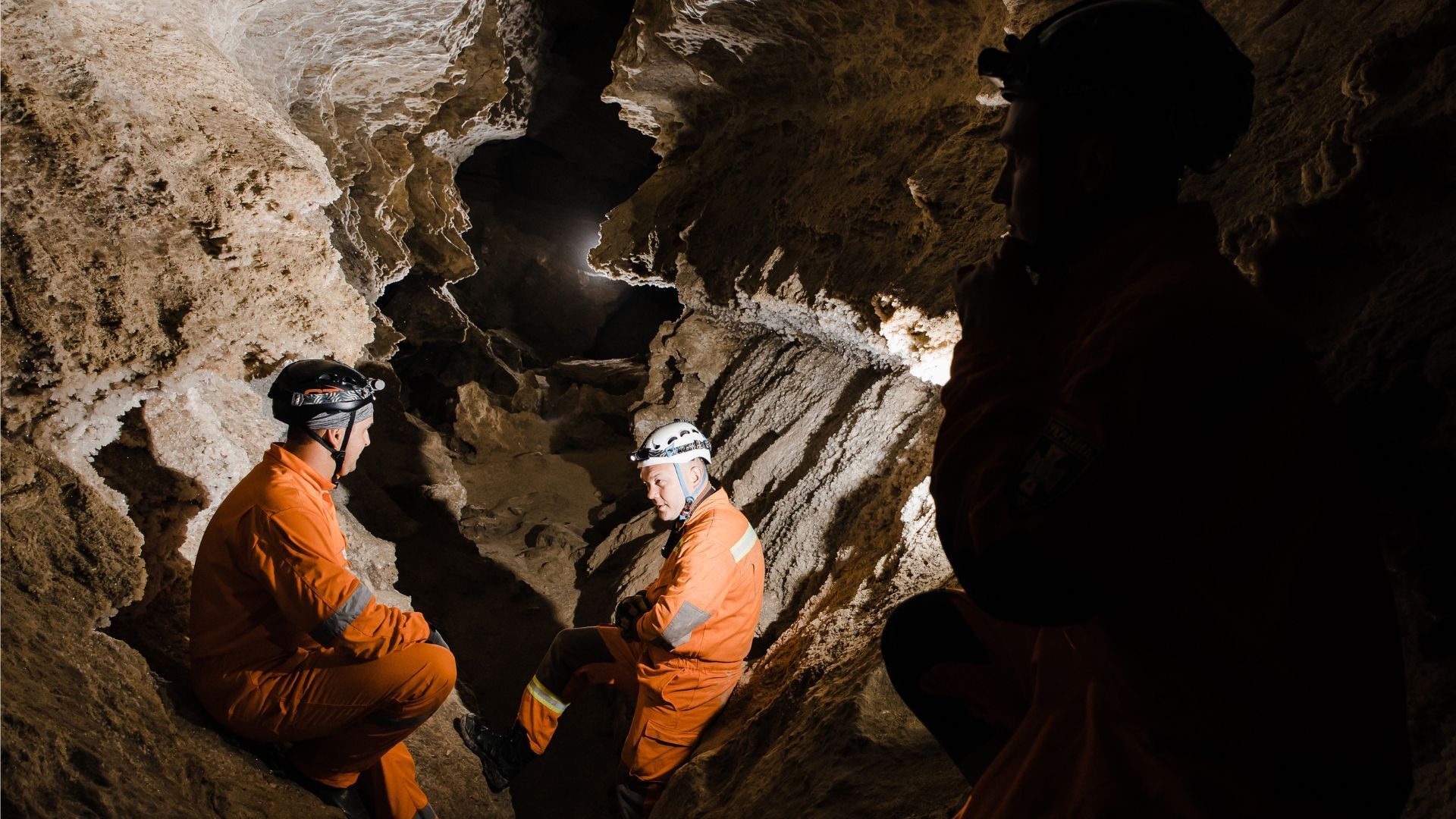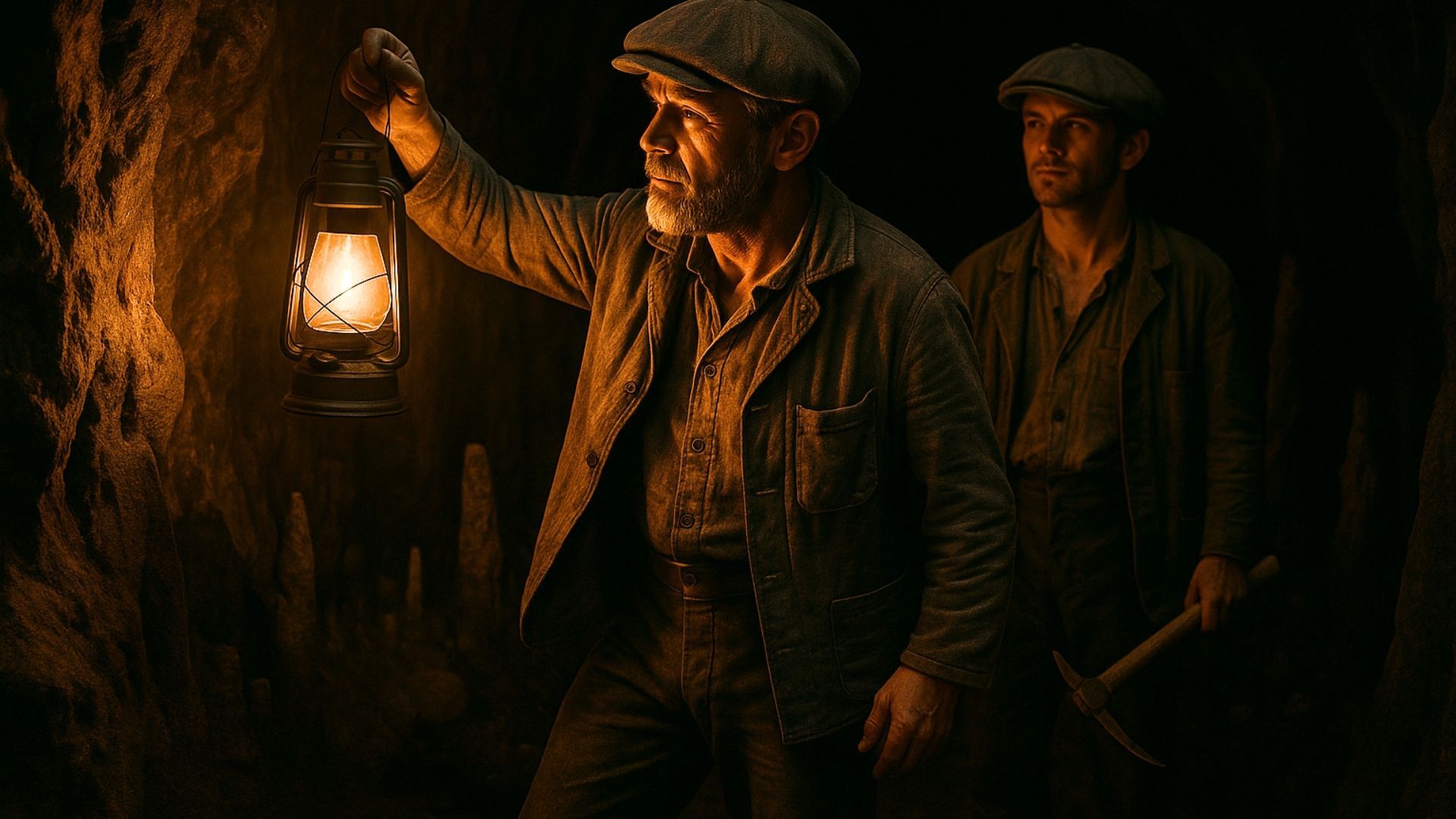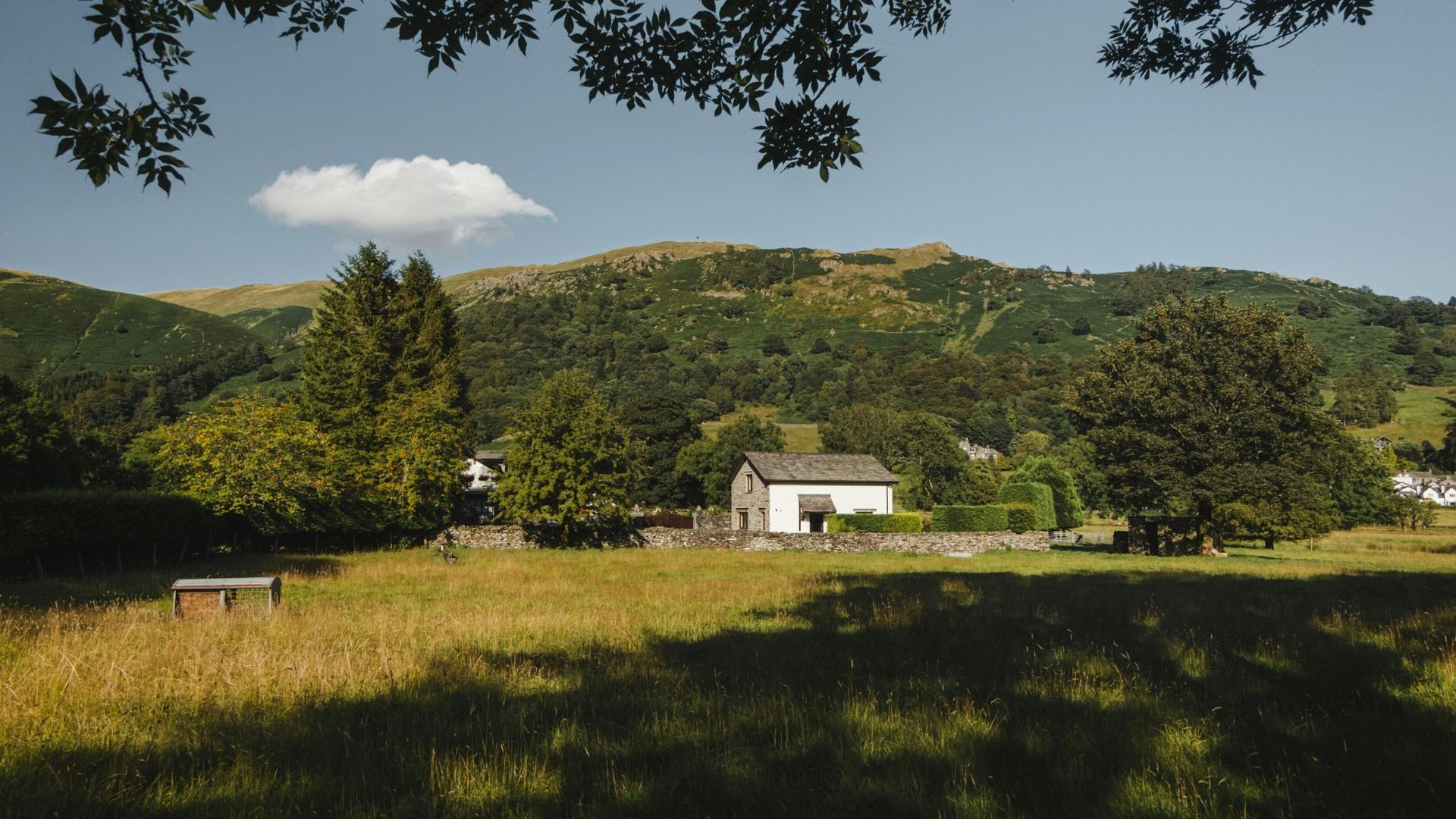Join Cavewoman on a journey into modern paleo diets. Find out if they really are as Stone Age as they claim to be. (We hope you're hungry.)
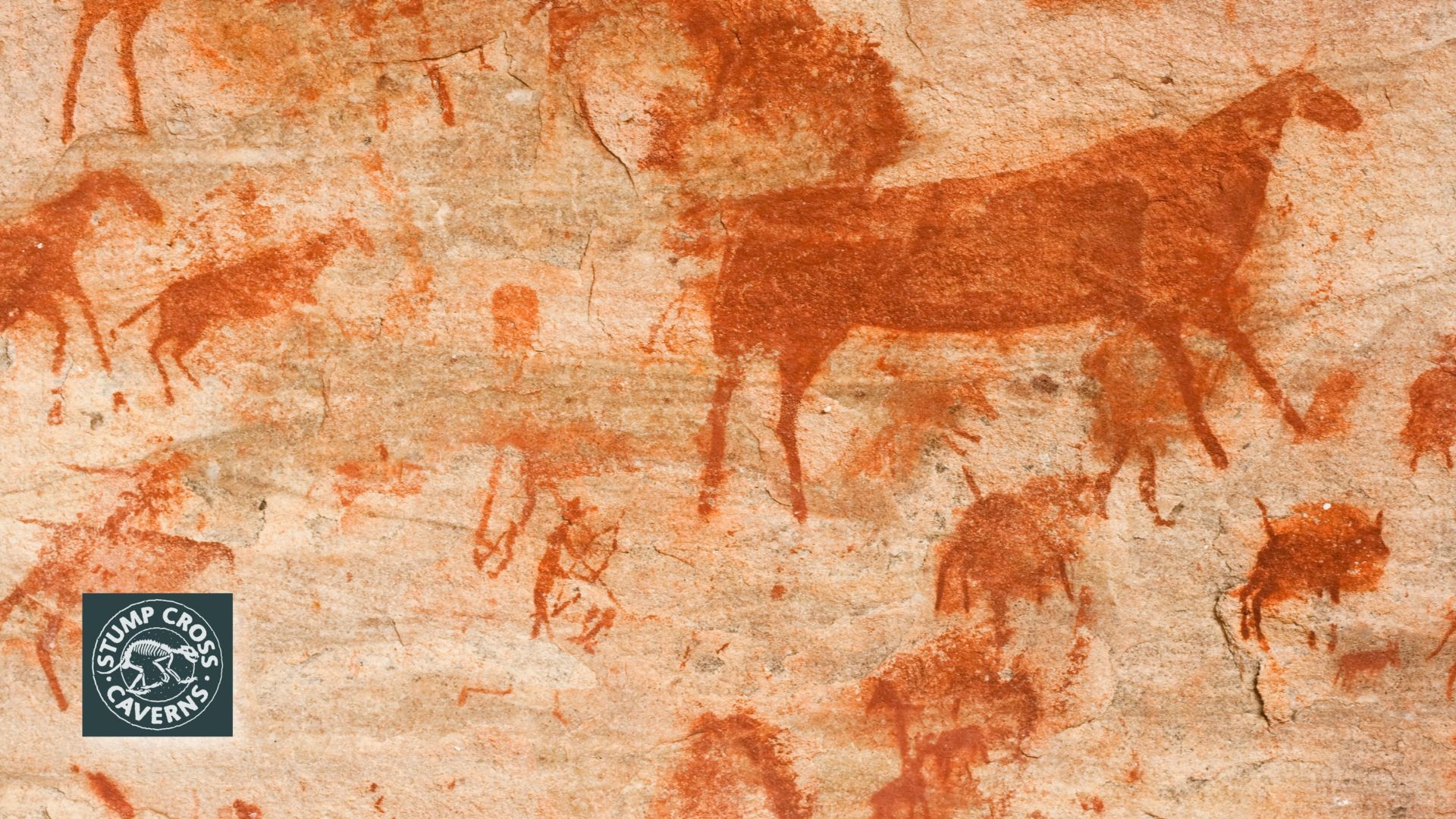
At Stump Cross Caverns, we always have Cavewoman on side to guide our visitors through the wonders of Stone Age history and geology.
Today, she is joining us as we embark on a different kind of exploration: a journey into the world of modern paleo diets. Are they truly as Stone Age as they claim to be?
Let's delve into the past and unearth the truth behind this modern diet trend.
Why the paleo diet?
To understand whether modern paleo diets are as accurate as they claim to be, we first need to get some background on the era from which the diet takes inspiration.
The Palaeolithic era, also known as the Old Stone Age, spanned from approximately three million years ago to about 12,000 years ago. During this period, our ancestors were hunter-gatherers, relying on the natural environment to procure their sustenance.
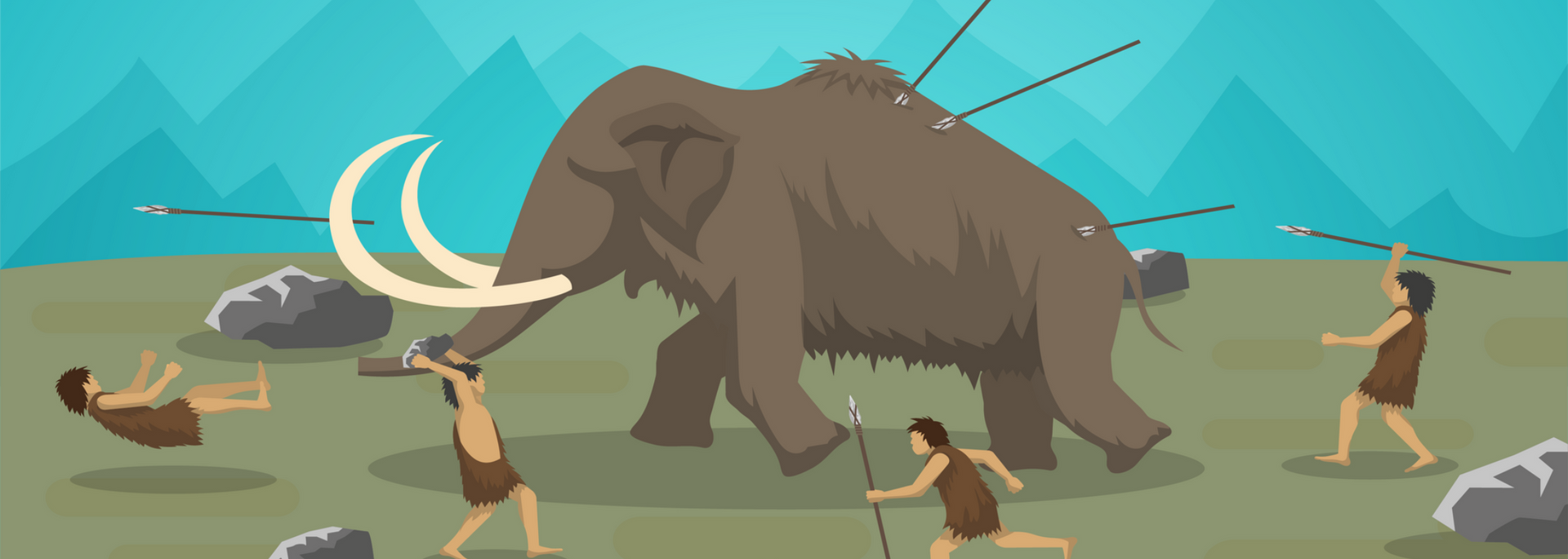
Those on a paleo diet may be urged to follow the diet based on the assumption that it's how their ancestors lived before the introduction of overly processed foods. But how much of this assumption is based on fantasy?
Well, it depends on how committed they are to walking in our ancestors' footsteps. After all, if modern enthusiasts were really living with a Stone Age mindset, they'd be digging into anything they could get their hands on.
But for now, let's discuss the Stone Age diet and some ways the modern version of the diet might miss the mark when it comes to historical accuracy.
Cavewoman's diet
Palaeolithic humans, like our very own Cavewoman, primarily consumed wild plants, fruits, nuts, seeds and – importantly – animal products acquired through hunting.
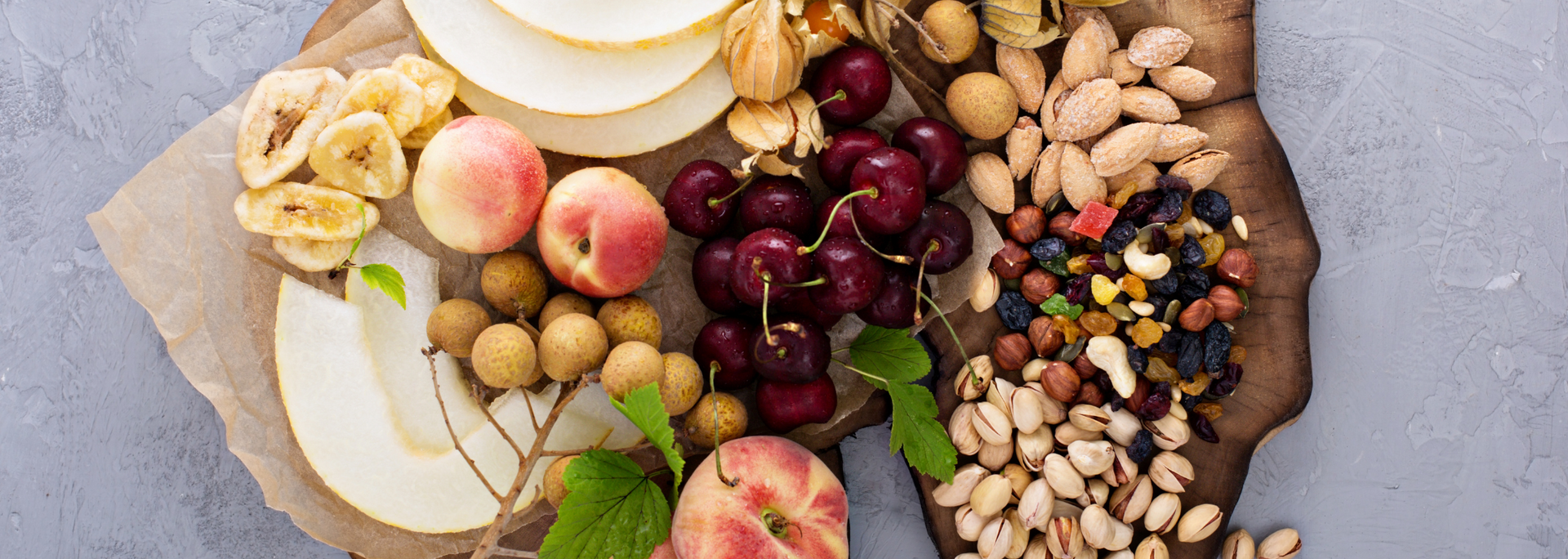
The diet was high in protein and fibre – and it lacked the refined carbohydrates, processed foods and sugars that dominate many of our diets today. No biscuits or Coco Pops to be found.
Not only that but just like the cabbages at your local farmers' market, the availability of food in the Stone Age was subject to seasonal change. There was never any real certainty as to what Cavewoman and her friends would be eating from day to day. It was all dependent on what was available at the time.
So, aside from modern paleo dieters having more choice over what they eat, what else truly separates modern paleo diets from the Stone Age diet?
Unprocessed foods
One of the key distinctions between the Stone Age diet and modern paleo diets is the emphasis on unprocessed foods.
Palaeolithic humans had no access to refined grains, additives or preservatives. Everything they consumed was in its natural state, free from modern-day processing techniques that can strip food of its nutritional value.
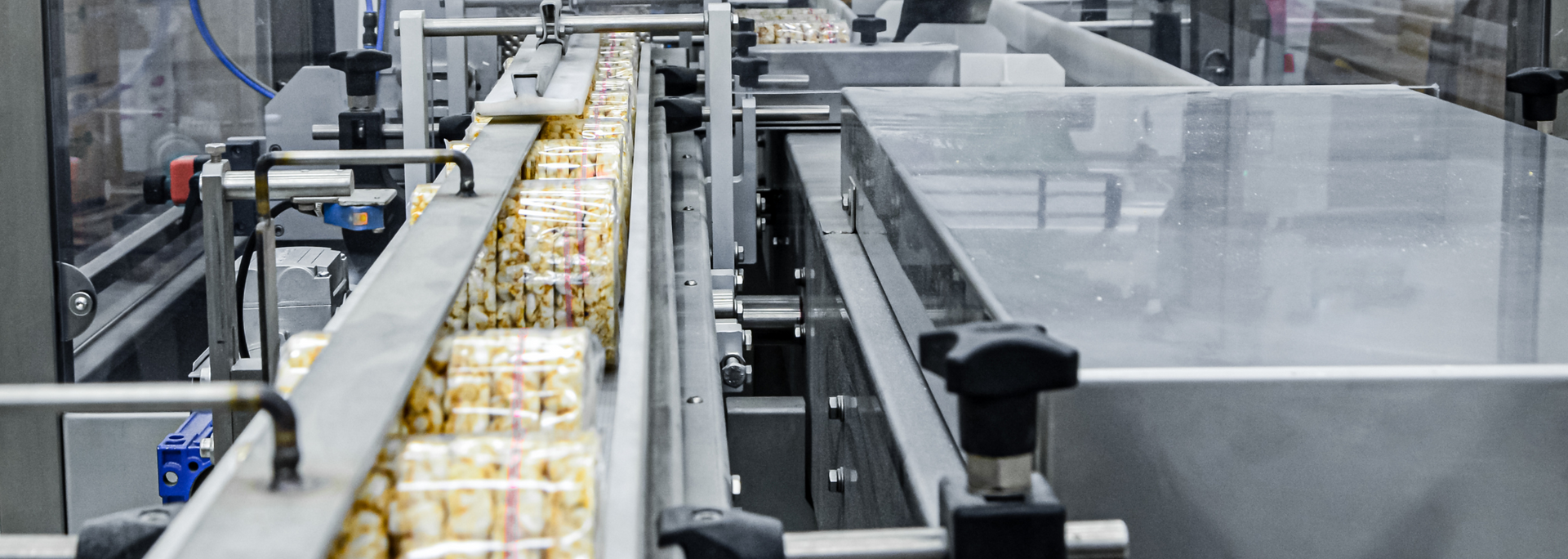
This doesn't really align with the trendy diet as it stands today. As the paleo diet has gained popularity, the market saw the emergence of processed paleo products, such as paleo bars, snacks and desserts.
While these products may be free from refined sugars and additives, their highly processed nature raises some questions about their authenticity. You wouldn't find Cavewoman chowing down on one of these bars – but each to their own.
Although the paleo diet advocates a return to whole foods and unprocessed ingredients, you can see it might be easier said than done in our modern world.
Extinct foods
One of the challenges of following a strict Stone Age diet in today's world is the lack of availability of some foods that were once staples for our ancestors.
The truth is some of the plants and animal species they consumed are now extinct. The woolly mammoth is one example. (Mmm. Mammoth burgers, anyone?)
The grain debate
Modern paleo dieters typically disapprove of the consumption of bread and other grains. One, because it is not considered a "whole" food and two, because there's a misconception that our ancestors did not consume grains.
Although The Stone Age diet did not include processed grains as we know them today, there is evidence that our ancestors (depending on where they lived) likely ate grains from relatives of wheat and barley grasses.
So, skipping your morning toast may not be as paleo-friendly as you first thought.
Dairy dilemma
This one might be splitting hairs, but while we're all learning, we may as well get into the details.
Another point of contention revolves around dairy consumption. The modern paleo diet avoids milk and dairy products. Dairy products were not consumed during the Palaeolithic era, as humans had not yet domesticated animals for this purpose.
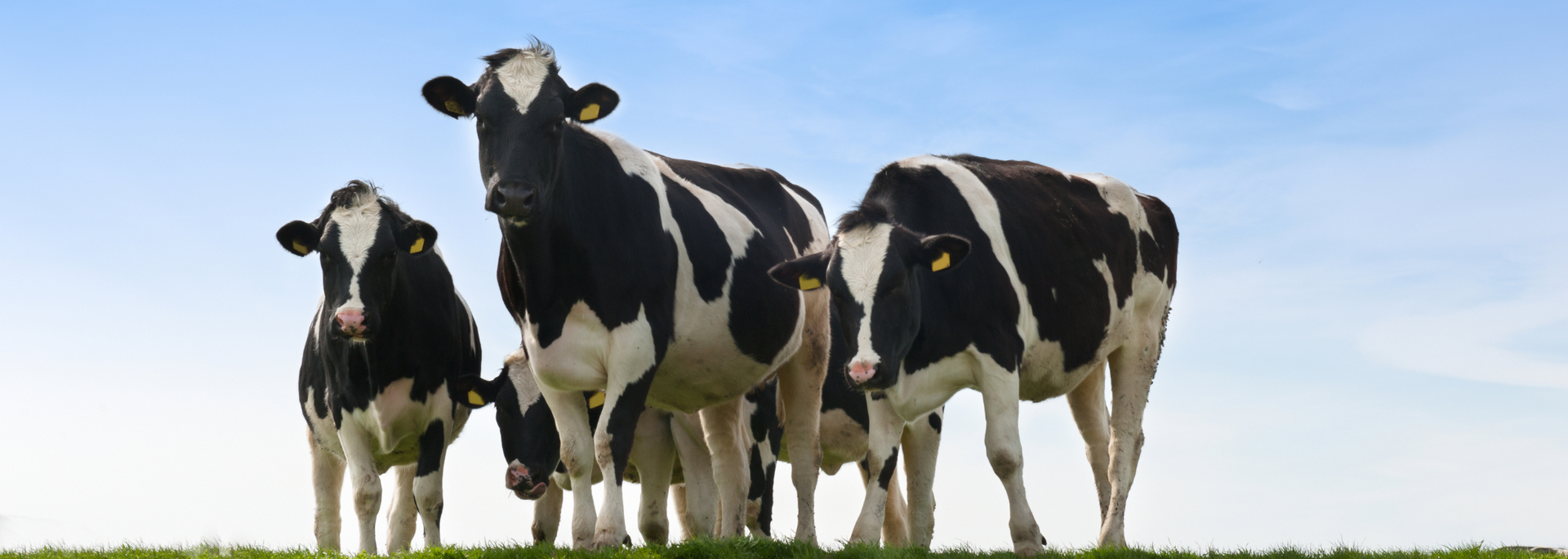
However, some modern paleo followers include butter in their diet. Butter is, of course, a dairy product.
The argument here is that butter is as close to pure animal fat as we can get without wading into ickier territory.
Is butter given a pass when it comes to historical accuracy, though? The jury's still out on that one.
What have we learnt?
As we wander through the qualms and controversies of modern paleo diets, we find that – while they strive to align with Stone Age eating habits – certain adaptations have been made to suit contemporary lifestyles and food availability.
The core principles of the paleo diet (emphasising whole, unprocessed foods and eliminating refined carbohydrates) do share similarities with the diets of our Palaeolithic ancestors. However, it's essential to recognise that the complete replication of Stone Age eating habits is not entirely feasible, practical or responsible in our current age.
Instead of focusing on whether modern paleo diets are the perfect match for the Stone Age, we can appreciate the value of what can be learnt from them. By promoting awareness about unprocessed foods and the benefits of reducing refined carbohydrates, the modern paleo movement encourages us to make healthier and more conscious food choices.
As ever, though, be sure to do your own research before embarking on a paleo diet adventure. It's not always as glamorous as it's made out to be.
Enjoyed this taste of history? There is so much more to be discovered from our ancient network of
caves in Yorkshire. It's quick and easy to
book online.




